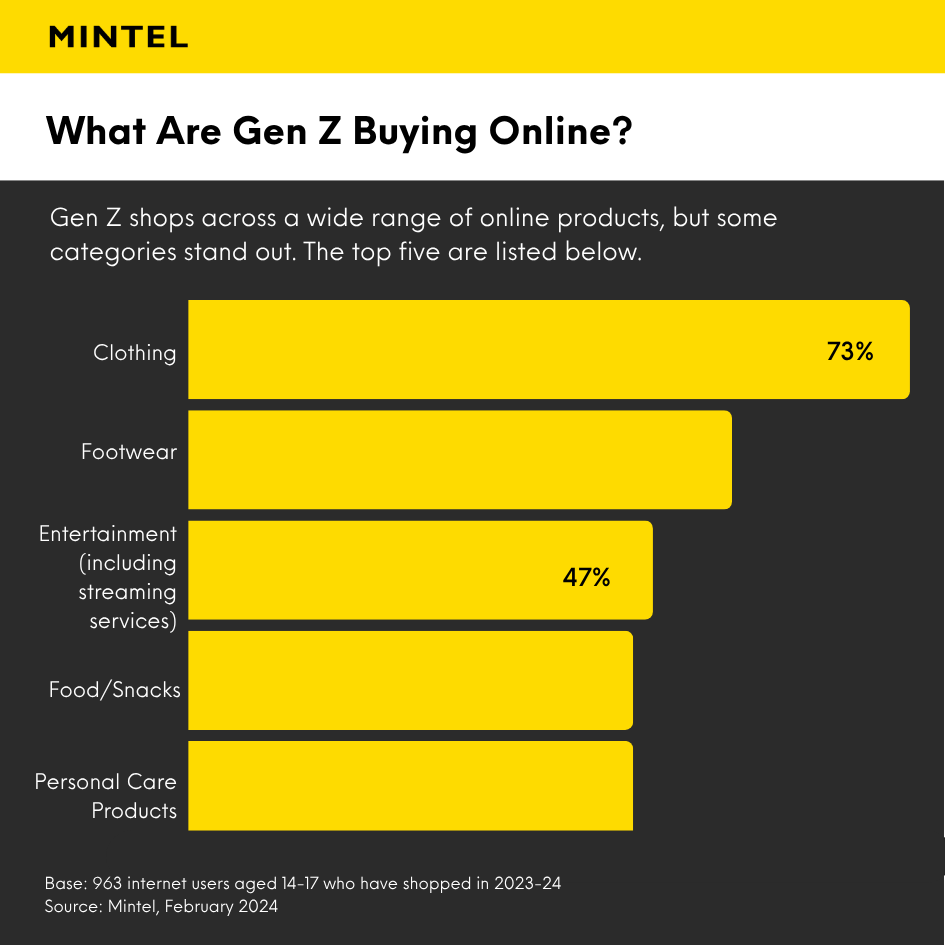
Social media has come a long way since its humble beginnings. MySpace, Beebo, Reddit, Tumblr, Twitter, Facebook, Instagram, and Snapchat all paved the way to create the landscape we now work, live, and play in.
As it stands, 63.8% of the global population are on, or using social media. Considering we’ve only had social media for around 15 years, that’s a lot in a very short space of time.
But how is social media doing this? How has it changed the landscape of marketing?
The Change in Consumer Behavior
As social media has become an integral part of our lives, it has significantly influenced consumer behavior and preferences. The way we discover and interact with products and services is more direct and personal than ever.
Consumers now look for recommendations and opinions from their social networks. Today, consumers are more likely to buy from a new brand after seeing someone else with it on social media, and 93% of customers will read an online review of a product before purchasing.
Plus, consumers can now voice their opinions, provide feedback, and even engage in real-time conversations with brands. Whether it’s ‘liking’ or sharing a post, or leaving a comment, this level of interaction gives them a sense of influence and control over brands.
This is helpful for the brand, too, as they can analyze their consumers’ behavior and interactions with their brand and personalize their content, answer questions, and form deeper connections with their audience to provide a better service.
Granted, the shift in consumer behavior driven by social media presents both opportunities and challenges for businesses.
To thrive in this new landscape, brands must adapt their marketing strategies to meet consumer expectations. They need to keep their finger on the pulse by actively engaging with consumers, providing valuable content, and nurturing authentic connections.
If they don’t, you can be sure their audiences will make their voices heard across their social platforms and through reviews.
The Emergence of Influencers
Unless you’ve been living under a rock for the past 5-10 years, you will know, or at least have heard of the term ‘influencer’.
In short, influencers are social media personalities who hold a strong amount of authority and, well, influence in a specific niche or industry.
They often have access to a large audience (anywhere from 20,000 to 5 million+ followers) and use their credibility to share information and highlight the benefits of a specific product or service.
Instagram was the most popular influencer platform in 2022, and TikTok didn’t do too badly either, with 45% of marketers investing in TikTok influencer campaigns in the same year.
It’s undeniable that influencers possess a unique ability to build trust and credibility with their followers, which is why 17% of marketers plan to invest in influencer marketing in 2023.
So, what makes influencers so special? What is it they do that has made them a crucial string to the marketer’s bow?
One reason is their expertise as content creators.
A talented influencer is able to seamlessly integrate branded content into their posts and videos, making it feel organic and relatable. In short, it’s good old-fashioned storytelling.
Influencers are experts at taking a product or service and transforming it into a memorable and engaging story to persuade audiences to buy into whatever it is they’re selling.
Influencer marketing is showing no signs of slowing down, with Influencer Marketing Hub projecting that the industry figure is set to hit $21.1 billion in 2023.
The Rise of Video
In recent years, the popularity of video content on social media platforms has skyrocketed, transforming the way brands engage with their audience. People are now 52% more likely to share video content than other types of content like social posts, product pages, and blog posts. Think about how many reels or TikTok videos you share per week.
That’s a lot.
Platforms like YouTube, Instagram, SnapChat and TikTok are video-centric, allowing users to consume and share video content effortlessly. As a result, brands have recognized the immense potential of video to connect with their target audience.
Today, 6.92 billion people have smartphones capable of recording and watching videos on the go. This accessibility has empowered individuals and brands alike to showcase their creativity and tell compelling stories through video content.
Let’s also not ignore the algorithmic preferences of social media platforms that have also contributed to the surge in video consumption.
Many social media platforms prioritize video content in users' feeds, making it more likely to be seen and shared. Brands have capitalized on this trend by creating engaging and shareable video content that aligns with their marketing objectives.
The versatility of video content allows brands to convey messages, demonstrate product features, and evoke emotions effectively.
From engaging product tutorials and behind-the-scenes glimpses to entertaining skits and emotional storytelling, video content offers a wide range of possibilities for brands to connect with their audience on a deeper level.
As the popularity of video continues to soar, brands must adapt and incorporate video into their social media strategies to stay relevant.
The Shift from Brands to Customers
Gone are the days when brands held complete control over their marketing messages. The power has now shifted from brands to customers.
The rise of social media platforms has essentially given consumers a megaphone to express their opinions, preferences, and experiences like never before.
Social media has democratized the marketing landscape, allowing customers to actively participate in brand conversations. Customers now have the power to shape brand perceptions, influence purchase decisions, and hold brands accountable for their actions. They can share their feedback, reviews, and recommendations with a global audience in an instant.
Take Gen Z, for example. This demographic currently has a spending power of over $140 billion, which retailers and brands are desperately trying to capitalize on.

Source: Mintel
Brands must adapt to this new reality by actively listening to their customers and engaging in meaningful dialogue. Failing to listen or communicate with your audience isn’t advised, considering the power they now hold over which brands win, and which lose.
To succeed in the customer-driven era, brands need to embrace transparency, authenticity, and meaningful engagement through effective organic and paid social media marketing. They should actively seek customer feedback, leverage user-generated content, and personalize their interactions.
By valuing and empowering their customers, brands can build strong communities, foster brand advocacy, and thrive in the dynamic social media landscape.
Brands must embrace this shift and prioritize building meaningful connections with their customers to thrive in the ever-evolving social media ecosystem.
Future Trends and Challenges in Social Media Marketing
As social media continues to evolve, several key trends and challenges are shaping its marketing future.
One prominent trend is the growing influence of artificial intelligence (AI) and machine learning. AI is now able to create everything from video ads and voiceovers to full-length articles and images.
Granted, it’s still in its early stages, but the AI market in social media is expected to reach $3,714 million by 2026. In fact, more than 80% of industry experts use AI to aid their marketing endeavors.
Another trend is the increasing prevalence of social commerce (the process of selling products and services directly through social media), with platforms integrating shopping features directly into their platforms.
However, along with these trends come challenges. Privacy concerns and data protection regulations present hurdles for marketers to navigate. Striking the right balance between personalized marketing and respecting user privacy will be crucial.
And let’s be realistic, the saturation of social media platforms and the constant stream of content is going to make it even more challenging for brands to stand out. Businesses will have to work hard to create unique and engaging content strategies to capture their audience’s attention.
Final Thoughts
The rise of social media has profoundly transformed the marketing landscape, bringing about significant shifts in consumer behavior and brand dynamics.
As businesses navigate this ever-changing digital realm, several key takeaways emerge. Brands need to adapt to the power of video, consider the benefits of social media influencers, and prioritize reputation management to build trust and credibility.
Maybe most importantly, businesses need to recognize the evolving role of customers in the social media landscape.
Related content
Turn your videos into sales
Boost conversions by up to 30% by turning your existing TikToks and Reels into shoppable videos directly on your Shopify store.



%20(1).jpg)








